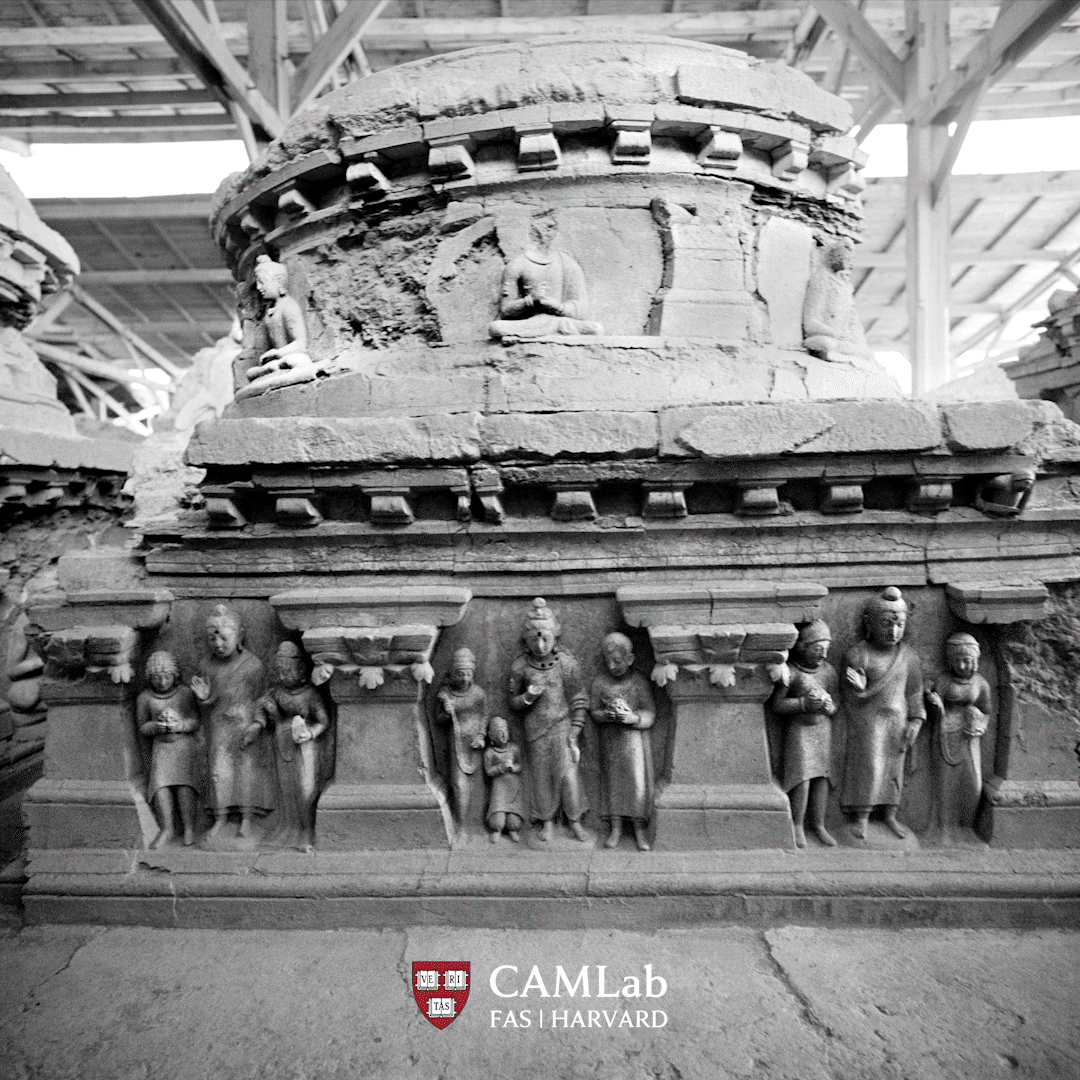
Hadda Tepe Shotor
Hadda was a significant Buddhist monastic center that thrived from the first centuries of the Christian era in the Jalālābād region, once the ancient kingdom of Nagarāhāra. Hadda also refers to the artistic school responsible for the monasteries’ decoration, renowned for their extremely refined modelling artworks, showcasing a blend of local and foreign artistic influences: Indian, Iranian, Chinese, Central Asian, and Western. Xuanzang revealed that these flourishing monasteries were centered around a well-established relic cult, attracting pilgrims and ensuring its prosperity.
During the 1920s, French archaeologists conducted extensive excavations on seven sites, unveiling around sixteen thousand modelled artworks and around five hundred stūpas. Tape Shotor was the first site excavated by the Afghan Institute of Archaeology, created in 1969. Unprecedent discoveries testified to the remarkable technical and aesthetic boldness of Hadda’s artists, particularly the aquatic three-dimensional scene of niche XIII populated with life-sized figures, and the sumptuous clay characters decorating niches V1 to V3, like the famous Vajrapāṇi-Herakles. In the 1970s, the site was transformed into an in situ museum. Unfortunately, years of wars culminated in the burning of the monasteries in 1992. Today, these remnants of Afghanistan's illustrious Buddhist heritage have been completely obliterated.
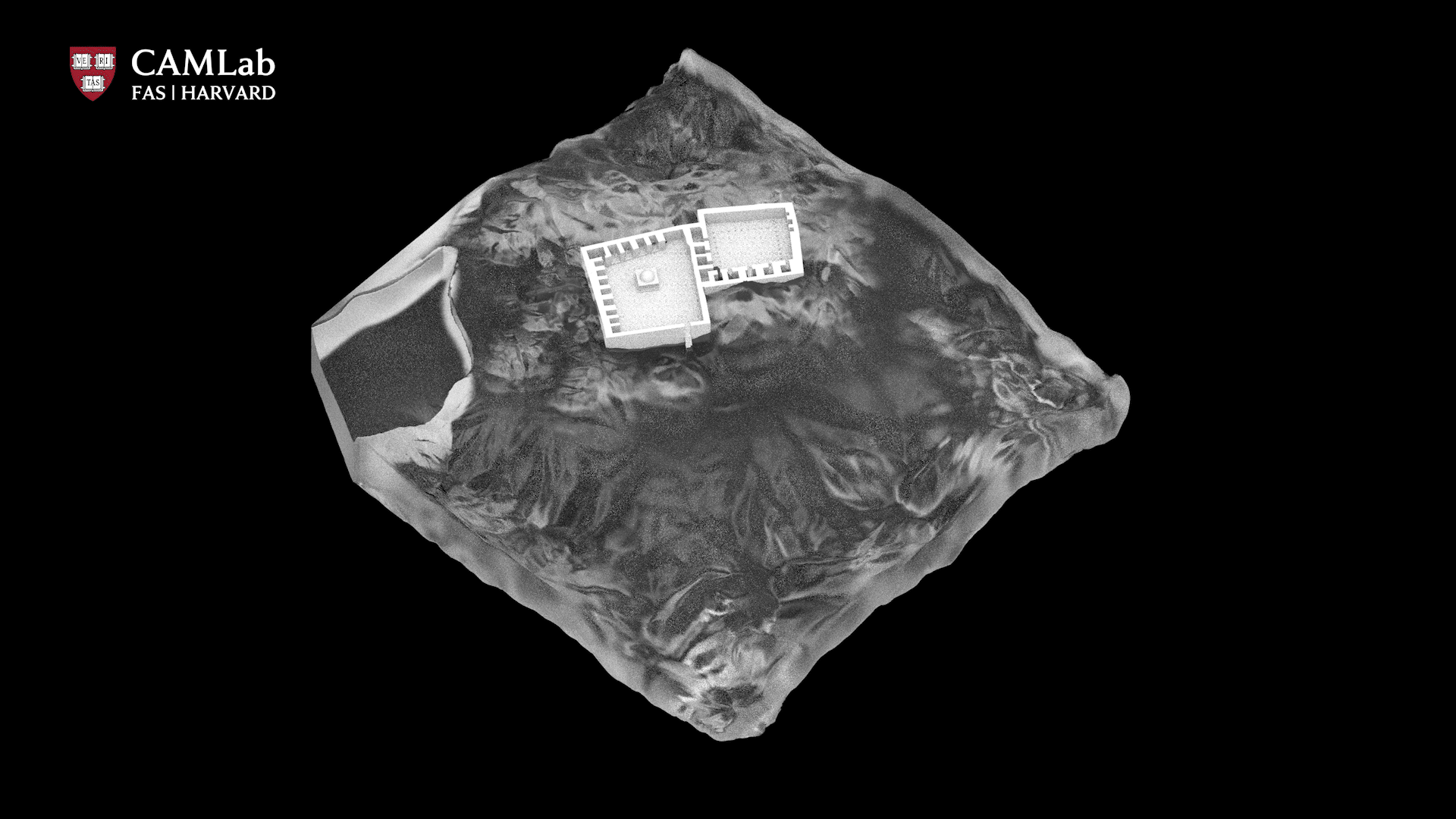
The CAMLab team traced the construction process of the Buddhist monastery from its foundation to completion and conducted a detailed analysis of the monastery’s expansion and development.
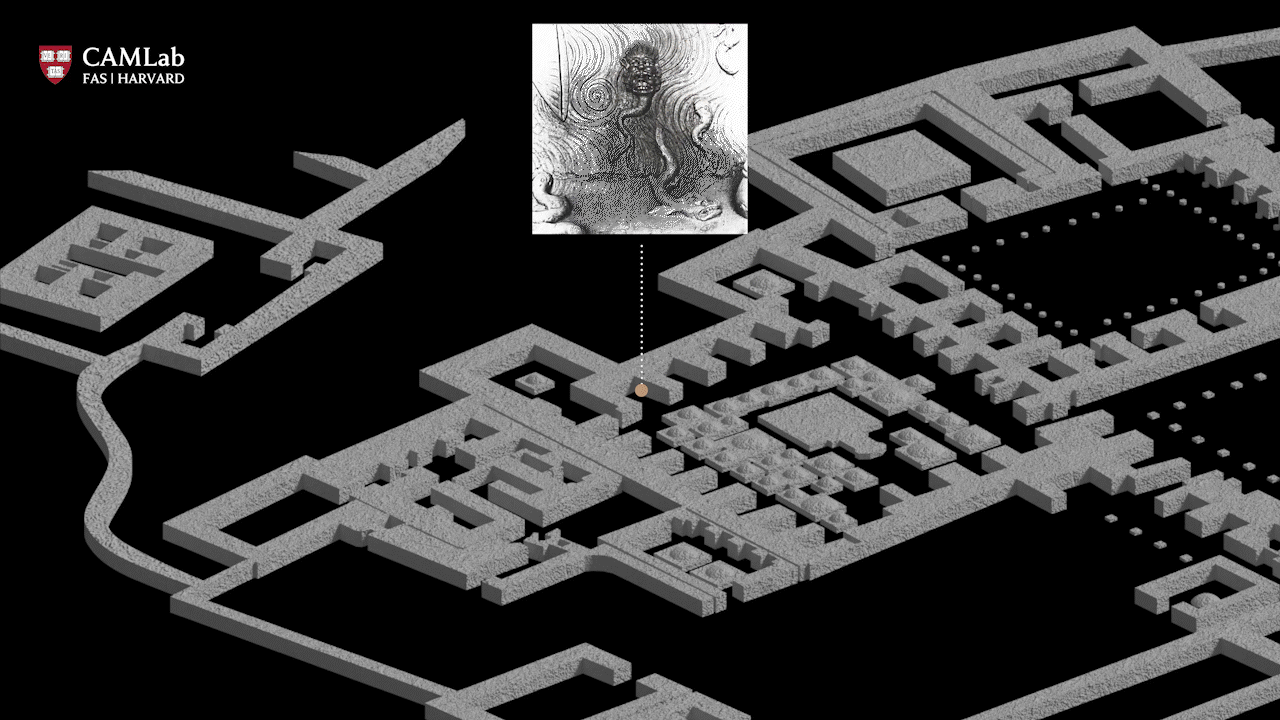
Based on thorough research of available photographs, the team matched key historical images to specific locations within the monastery, providing full contextual understanding of these photos and the site.
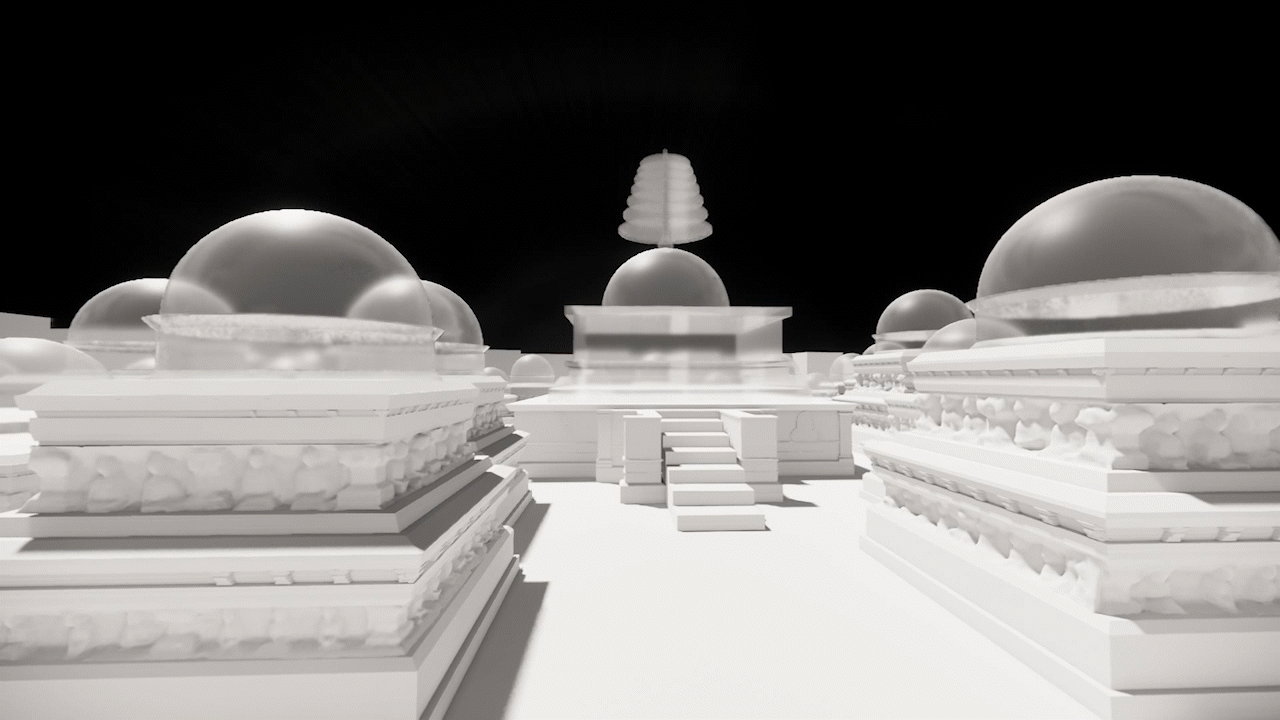
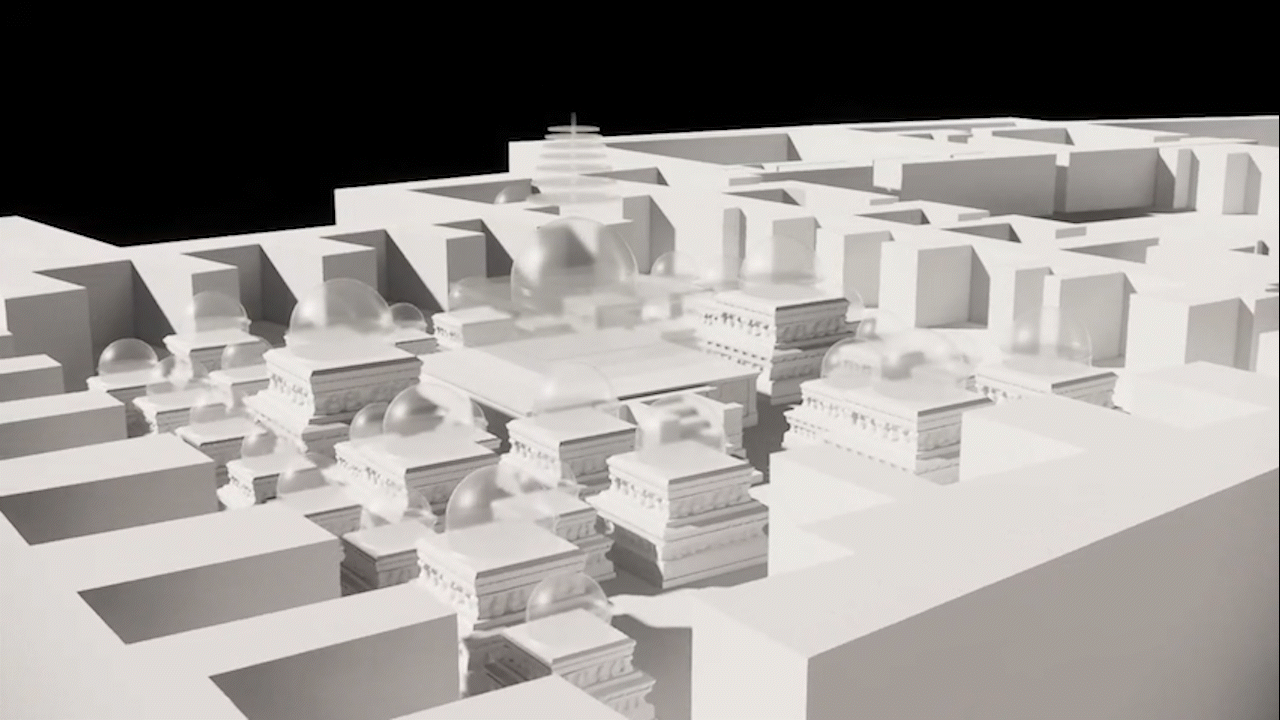
The CAMLab team reconstructed the main stupa courtyard of Tepe Shotor, allowing users to revisit this once-glorious site.
